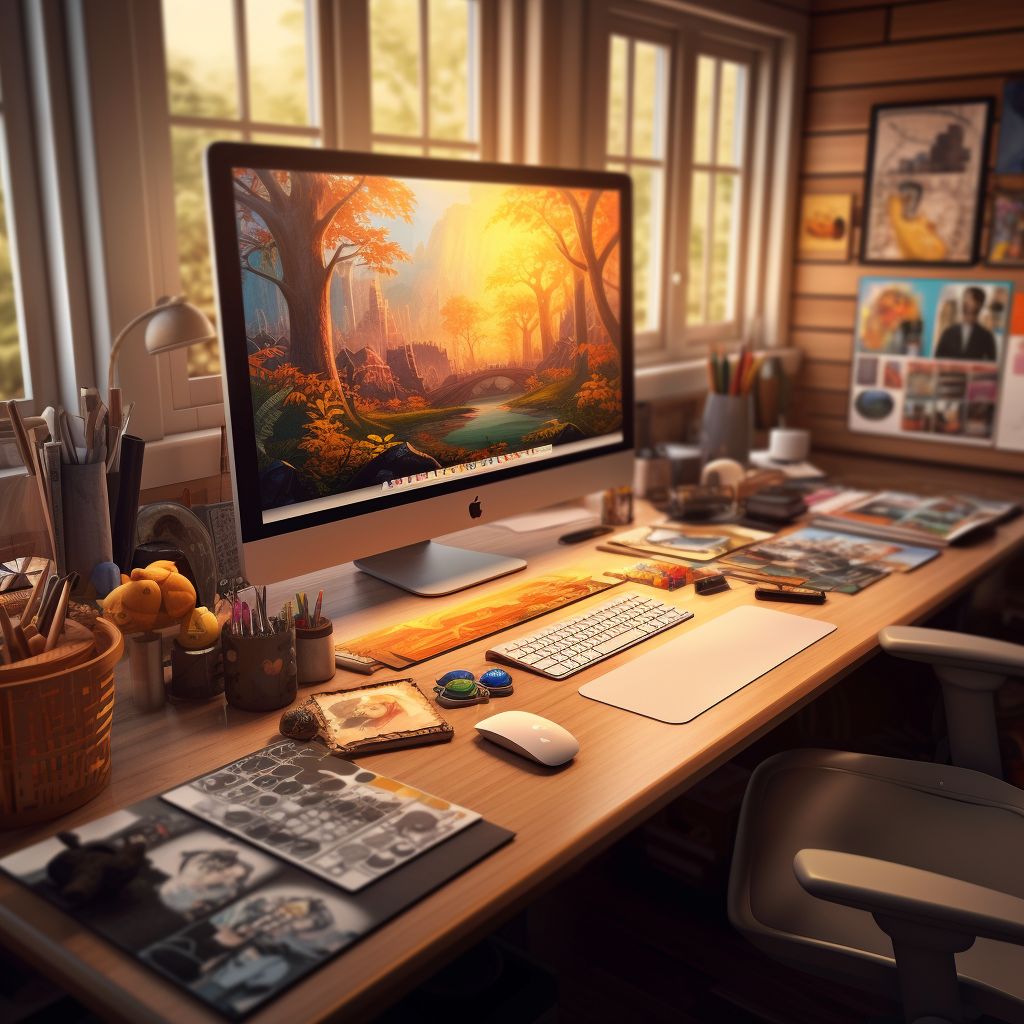
Intro
Greetings, fellow creative souls! Today, we’re going to talk about one of my favourite topics: sketching and drawing digitally. It’s not only a great way to bring your ideas to life, but it also allows for easy editing, sharing, and collaboration with others.
So, whether you’re a seasoned artist or a beginner, I’m going to share with you some tips and tricks on how to use digital drawing tablets, styluses, and software to create sketches and drawings using various techniques. Buckle up, grab your stylus, and let’s get started!
Choosing the Right Tools
The first step in sketching and drawing digitally is to choose the right tools. In this section, I’ll share with you some of the options available in the market and how to choose the right one for your needs.
Choosing the right tools is crucial when it comes to sketching and drawing digitally. Your art workspace, which includes the hardware and software you use, plays a significant role in the quality of your work and your overall creative experience. Here’s why your art workspace is important:
- Precision and Control: The tools you select determine how effectively you can translate your ideas onto the digital canvas. A high-quality stylus or digital pen with pressure sensitivity allows for precise control over line weight, opacity, and other artistic elements. This level of precision is essential for capturing fine details and achieving the desired artistic effect.
- Comfort and Ergonomics: Your art workspace should prioritise comfort and ergonomics to ensure long-term productivity and prevent discomfort or strain. Investing in a graphics tablet or display with an adjustable stand and ergonomic design helps you maintain a natural drawing position, reducing the risk of fatigue or repetitive strain injuries.
- Workflow Efficiency: Choosing tools that integrate seamlessly with your preferred software streamlines your workflow and enhances efficiency. Look for hardware and software compatibility, as well as customisable shortcut keys or buttons that allow you to access frequently used commands quickly. This optimisation saves time and allows you to focus on your creative process.
- Flexibility and Versatility: Your art workspace should adapt to different artistic styles and techniques. Consider a graphics tablet or display that offers various pen types, brush options, and customisable settings. This versatility empowers you to explore different mediums, experiment with styles, and expand your artistic horizons.
- Creative Freedom: A well-equipped art workspace gives you the freedom to explore and express your creativity without limitations. The tools you choose should support a wide range of artistic capabilities, allowing you to experiment with different brushes, textures, and effects. This freedom encourages artistic growth and enables you to develop your unique style.
- Professional Results: Investing in high-quality tools elevates the quality of your artwork. The precision, control, and advanced features provided by top-notch hardware and software contribute to professional-grade results. This is especially important if you plan to showcase or sell your work, as it enhances the overall presentation and appeal to potential clients or viewers.
Remember, the art workspace is more than just the tools you use—it also encompasses the physical environment where you create. Ensure you have a well-lit and comfortable space, organised with your tools easily accessible. A clutter-free and inspiring workspace can enhance your focus and creativity, fostering a positive artistic experience.
By carefully selecting the right tools and creating an optimal art workspace, you set yourself up for artistic success, enabling you to bring your ideas to life and achieve your desired artistic vision.

Digital Drawing Tablets
There are many digital drawing tablets in the market today, ranging from affordable to high-end ones. Some of the most popular brands include Wacom, Huion, and XP-Pen. When choosing a digital drawing tablet, consider the following factors:
- Size: Do you need a larger or smaller workspace? The size of the tablet matters, so choose one that’s comfortable for you to work with. It’s that simple.
- Pressure Sensitivity: The pressure sensitivity of a tablet determines how responsive it is to your touch. Look for a tablet with at least 2048 levels of pressure sensitivity for a more natural drawing experience.
- Connectivity: Choose a tablet that’s compatible with your device, whether it’s a desktop computer or a mobile device.

Styluses
Styluses are the digital pen-like tools used to draw on the tablet. There are many styluses available in the market, but not all of them are compatible with every tablet. When choosing a stylus, consider the following factors:
- Pressure Sensitivity: Just like the tablet, the stylus also has pressure sensitivity levels that determine how responsive it is to your touch.
- Tilt Sensitivity: Some styluses also have tilt sensitivity, which allows you to create thicker or thinner lines depending on the angle of the stylus.
- Battery Life: Look for a stylus with a long battery life, so you don’t have to keep charging it during your creative process.



Software
There are many software options available for digital drawing and sketching, ranging from free to paid ones. Some of the most popular ones include Adobe Photoshop, Procreate, and Clip Studio Paint.
When choosing software, consider the following factors:
- Ease of Use: Choose software that’s easy to navigate, especially if you’re a beginner.
- Compatibility: Make sure the software you choose is compatible with your tablet and stylus.
- Features: Look for software with features that align with your drawing needs, such as layering, blending, and brush options.
Mastering Basic Sketching Techniques
Now that you have the right tools, it’s time to start sketching! In this section, I’ll share with you some basic sketching techniques that will help you get started.
Sketching Lines and Shapes
To start, practice sketching basic lines and shapes, such as circles, squares, and triangles. This will help you get a feel for the pressure sensitivity of your stylus and how it responds to your touch. Try varying the pressure to create thicker or thinner lines.

Understanding Layers
Layers are a powerful tool in digital drawing that can help you organise your work and make editing easier. Think of them as transparent sheets stacked on top of each other.
By working on separate layers, you can isolate specific parts of your drawing and make changes without affecting the rest of your work. For example, you could have one layer for your sketch, one for your line art, and another for your color.
You can also use layers to experiment with different colour schemes or shading techniques. By creating a new layer and setting it to a different blend mode, you can quickly see how your drawing looks with different colours or effects.
Experiment with different brushes and settings
One of the joys of digital drawing is the endless possibilities that come with experimenting with different brushes and settings. Most software programs come with a variety of preset brushes, but don’t be afraid to create your own or download ones from online.
When experimenting with brushes, try adjusting the size, opacity, flow, and pressure sensitivity to see how they affect your strokes. Some brushes are great for creating textured lines, while others are perfect for creating smooth and clean lines.
You can also experiment with different brush types, such as airbrushes, pencils, markers, and more. Each brush type has its own unique properties and can be used to achieve different effects.
Practice, practice, practice
As with any skill, the key to improving your digital drawing abilities is to practice consistently. Don’t be discouraged if your first few attempts don’t turn out how you want them to. Keep practicing and experimenting with different techniques, and you’ll soon see improvement.
Try setting aside a regular time each day or week to practice your digital drawing skills. There are also many online tutorials and resources available to help you learn new techniques and improve your skills.
Conclusion
Sketching and drawing digitally can be a fun and rewarding experience, but it does take practice and patience to master. By checking out these tips and experimenting with different techniques, you can create beautiful digital drawings and expand your artistic abilities.
Remember to choose a comfortable digital drawing tablet and stylus, familiarise yourself with your chosen software program, and practice consistently. Don’t be afraid to experiment with different brushes, settings, and layer techniques to create unique and stunning works of art.
Happy drawing!
Visit my blog to learn more about the techniques of visual art.
Peace
EA
